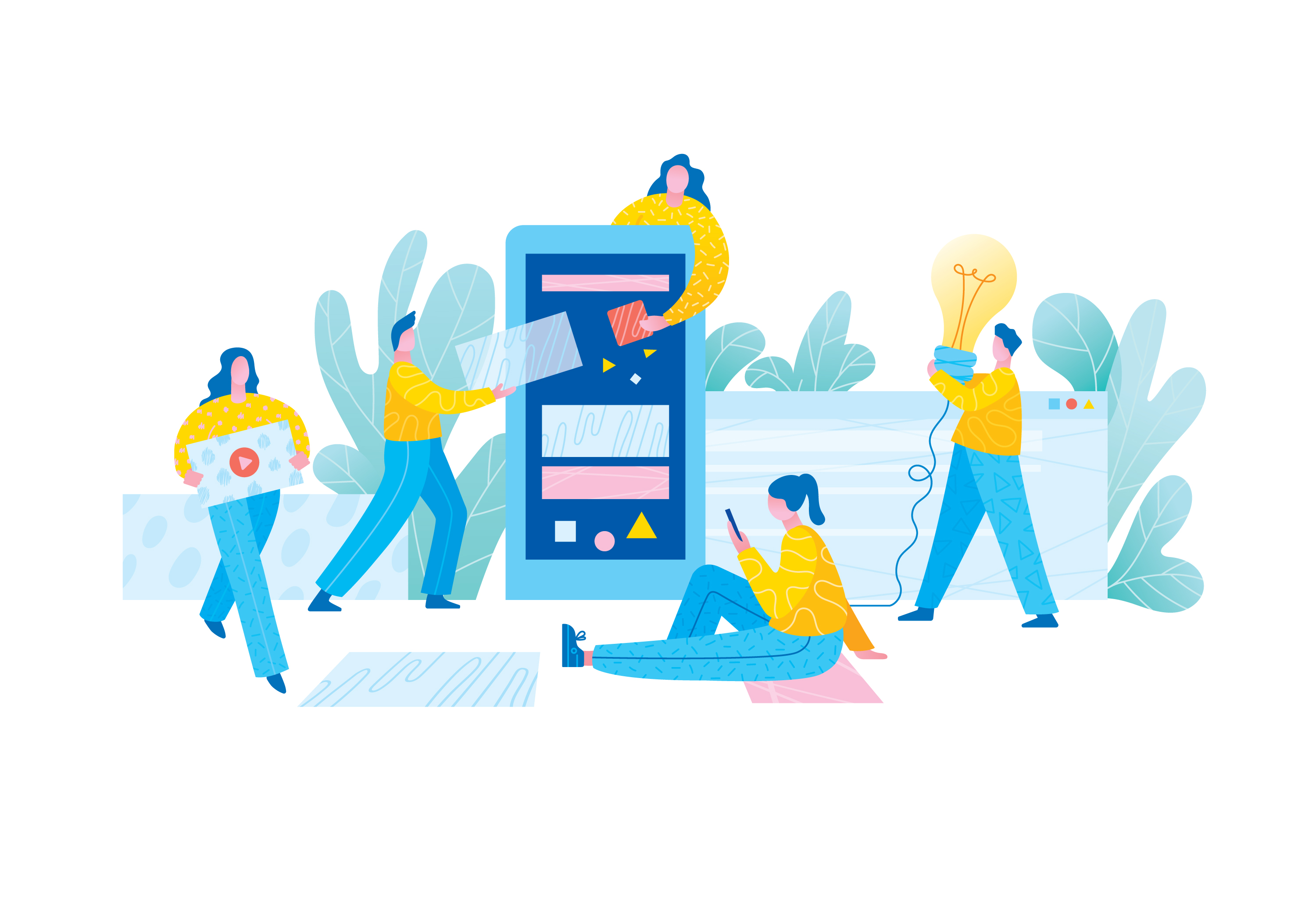Send With Confidence
Partner with the email service trusted by developers and marketers for time-savings, scalability, and delivery expertise.

Time to read: 4 minutes
There are so many different ways to send text messages today that regardless of whether you use an iPhone or an Android, you’ve probably used multiple messaging applications. You've probably heard of different acronyms like SMS and MMS and come across popular mobile messaging apps like iMessage, WhatsApp, and WeChat. In this post, we discuss what each of these terms mean and the differences in the technologies powering them. In particular, we’ll cover:
SMS stands for Short Message Service. Invented in the 1980s, and defined in the 1985 GSM standards, it is one of the oldest texting technologies. It is also the most widespread and frequently used.
MMS stands for Multimedia Messaging Service. It was built using the same technology as SMS to allow SMS users to send multimedia content. It’s most popularly used to send pictures, but can also be used to send audio, phone contacts, and video files.
Because SMS and MMS are sent over a cellular network, they only require a wireless plan from cellular carriers to get started. Standard SMS messages are limited to 160 characters per message and if a message exceeds this limit, it is broken up into multiple segments of 160 characters each, depending on its length.
Most carriers today automatically chain these messages together to ensure they arrive in the order they are sent. Unlike SMS, MMS messages do not have a standard limit. While their maximum size depends on the carrier and the device receiving the message, 300 KB is often mentioned as the largest size most carriers will reliably handle.
iMessage, Whatsapp, WeChat, Facebook Messenger, and other messaging applications are often referred to as “Over The Top” (OTT) applications. They’re called this because they do not require a cellular network connection, and use internet protocols (IP) instead. To send and receive texts using these apps, your device needs to be connected to the Internet, either over WiFi or via a mobile Internet connection.
iMessage is exclusively available on iOS and works through the Messages app on the iPhone. While composing a text message, iOS automatically uses iMessage if it detects that the recipient’s phone number is used with an iPhone. Otherwise, it falls back to regular SMS.
To use WhatsApp, WeChat, and other OTT apps you need to download the respective application from the app store. Once installed, these apps will identify every phone number in your contact list that uses the same application and allow you to send messages and multimedia to those contacts. Some, like WhatsApp, WeChat, and Facebook Messenger can also make audio and video calls.
Because OTT applications and SMS use completely different protocols to send messages, each has different platform and network requirements. OTT applications require an Internet connection while SMS needs a mobile network connection. And while OTT apps need to be downloaded from iOS or Android app stores, SMS is supported by all modern mobile phones. As a result, each has its own relative advantages and disadvantages.
SMS is a universal technology supported by every single mobile network and device today. All you need to start texting over SMS is another person’s phone number. This makes SMS a popular channel for businesses to communicate with customers because it is more can be more quickly opened than email and doesn’t require any additional application. OTT apps, on the other hand, are "walled gardens." Someone using WhatsApp can’t text someone else using WeChat as they both need to be using the same application.
OTT apps may also be preferred over MMS for sharing multimedia files because they don’t have the same file-size limitations. They also have more features like group messaging, message broadcasting, and audio and video calling. And most importantly, OTT apps are —unlike SMS— free for consumers to use.
As mentioned above, SMS is most popular in the US since most carriers offer plans with unlimited texting, making SMS free, or nearly free, to use. iMessage is a close second because of the large number of iPhone users in the country. Texting has exploded over the last decade to the point where we’re currently witnessing over 18.1 million texts sent every second around the world. When you combine SMS and MMS, more than two trillion messages were sent in the US in 2018, representing a 16 percent increase over 2017.
Unlimited texting plans are less common in other parts of the world. This is a primary reason why messaging apps like WhatsApp and WeChat gained such a significant foothold in these markets. WhatsApp is by far the most popular messaging application in the world today, with more than 1.6 billion people using it at least once a month. Person-to-person SMS usage in countries like India and Brazil — where mobile operators rarely offer unlimited texting plans — has been largely replaced by the free-to-use WhatsApp.
People are spending a significant amount of time on their phones these days: the average American adult uses a mobile device nearly three hours every day. Globally, consumers spent more than 685 billion hours in social and communication apps in 2018 alone. Given this captive interest, many businesses have capitalized on messaging as to more efficiently reach new and existing customers.
Over the years, as business messaging technology has advanced, we’ve also seen businesses move from transactional messages like fraud alerts and delivery notifications to expand their use of messaging to more conversational applications. What was once a one-way appointment reminder now allows customers to reschedule an appointment within a single text thread. With intelligent chatbots that can escalate urgent requests to a human and the arrival of OTT channels specifically designed for businesses, there’s never been a better opportunity to engage customers more efficiently with messaging.
Partner with the email service trusted by developers and marketers for time-savings, scalability, and delivery expertise.